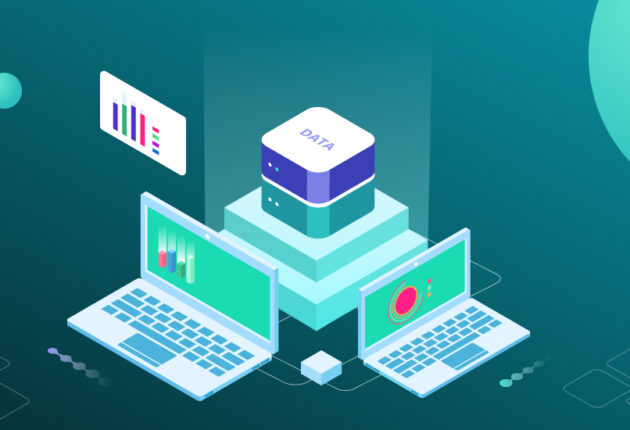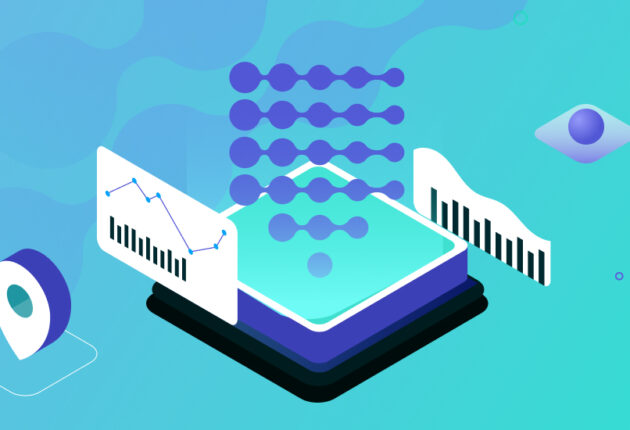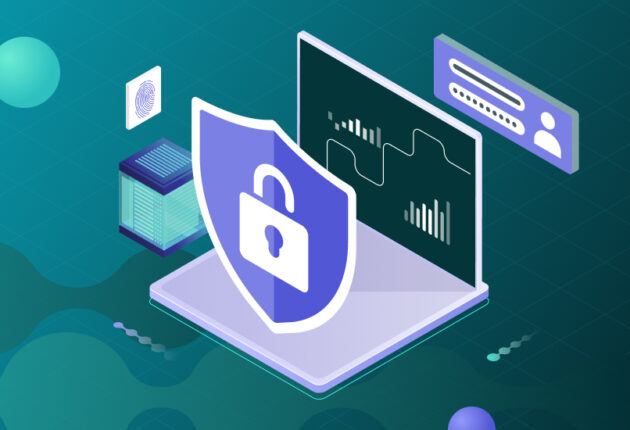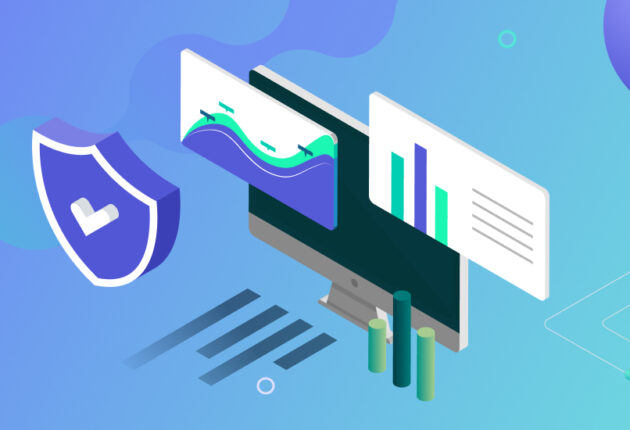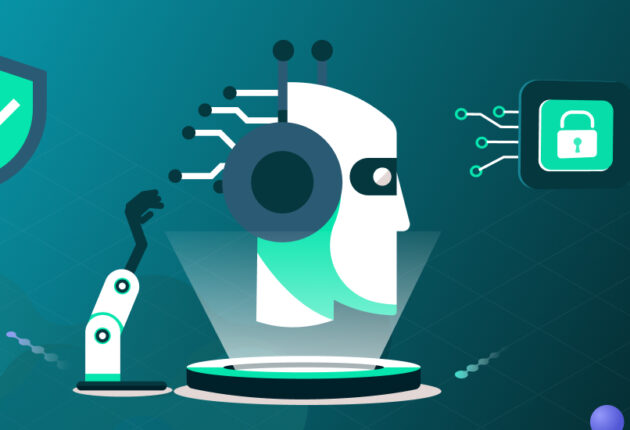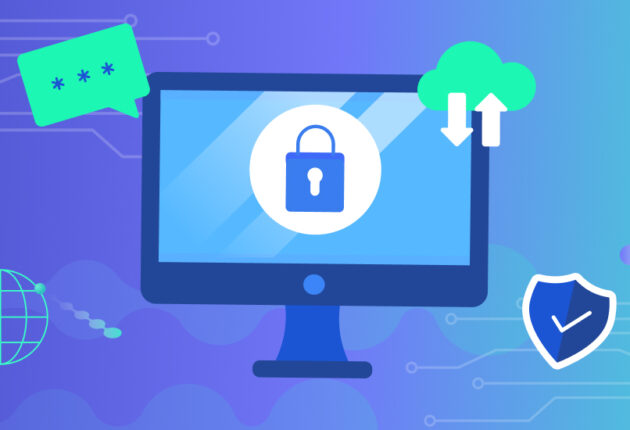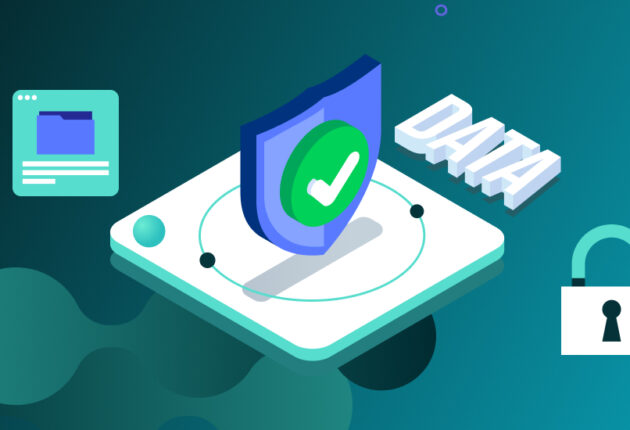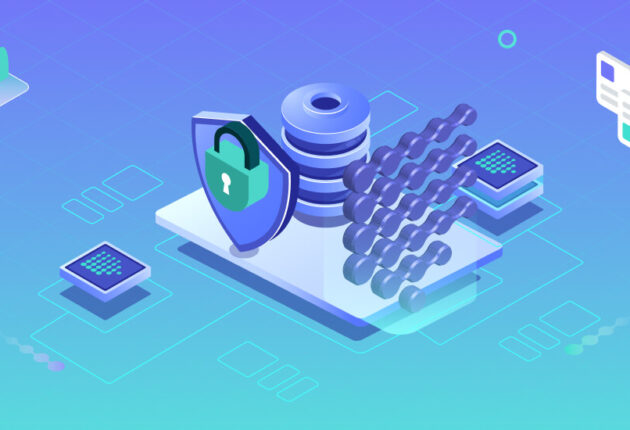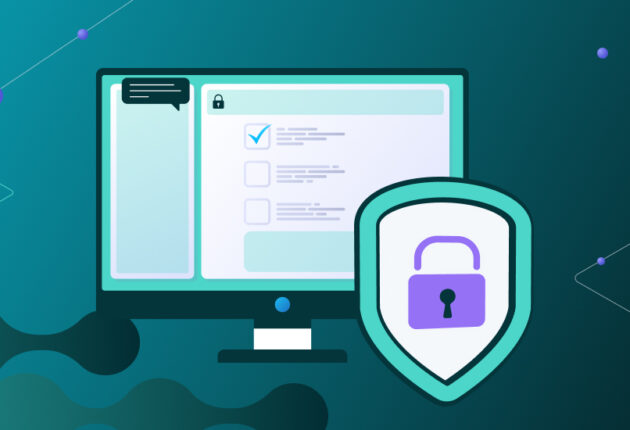As AI technologies, particularly generative AI, continue to advance and find more applications across various industries, the demand for high-quality, diverse datasets is likely to increase correspondingly. Traditional privacy safeguards are often inadequate in the face of sophisticated AI algorithms that can extract insights and identify individuals from seemingly innocuous data sets. As a result, organizations are grappling with the dual imperatives of harnessing the power of AI while ensuring robust protection of sensitive information. In this article, we’ll explore two crucial aspects of data protection in the AI era: data access management and differential privacy.
In particular,
Data access
Understanding data access management
Data access management is a fundamental component of any comprehensive data protection strategy. It encompasses the policies, procedures, and technologies used to control and monitor access to an organization’s data resources. In the context of AI, effective data access management becomes even more critical due to the vast amounts of data involved and the potential for misuse or unauthorized access.
Here’s an example of effective data management. Imagine a mid-sized healthcare clinic that manages patient records, medical histories, and billing information. Data access management in this scenario would involve defining who within the organization has access to this sensitive data. For instance, the medical staff (doctors and nurses) may need access to patient medical histories and current treatment plans but not billing details. The reception team might need access to appointment schedules and basic patient contact information but not detailed medical records. Data access management ensures that employees can only view and modify the data necessary for their specific roles. This approach helps safeguard patient privacy, complies with healthcare regulations like HIPAA, minimizes the risk of unauthorized access, and fosters a secure and ethical data environment for the clinic.
Why data access is fundamental for AI
The relationship between data access and artificial intelligence (AI) is fundamental and symbiotic. Here are some examples:
- AI systems, particularly machine learning algorithms, require large amounts of data to train and improve their performance. Access to diverse, high-quality datasets is crucial for developing effective AI models.1
- The economic characteristics of data, such as non-rivalry and economies of scale and scope, favor aggregation into large datasets. This aggregation can enhance AI capabilities.2
- Open data can serve as a valuable resource for AI systems, providing diverse information that can improve AI performance across various domains.3
- Companies that can effectively leverage data for AI applications gain a significant competitive edge in their respective industries.4
Challenges in data protection for AI systems
As we have seen, data availability, quality, and proper management directly impact AI’s capabilities and potential applications. However, combining AI technologies with data protection presents several unique challenges:
- Data hunger: AI models, particularly deep learning systems, often require vast amounts of data to achieve high performance. This insatiable appetite for data can conflict with data minimization principles and increase privacy risks.
- Model inversion and membership inference attacks: Advanced AI techniques can potentially reconstruct training data or determine whether an individual’s data was used to train a model, posing new privacy threats.
- Explainability and transparency: the complexity of AI models can make it difficult to understand and explain how decisions are made, complicating efforts to ensure fair and ethical use of personal data.
- Dynamic nature of AI systems: as AI models learn and adapt over time, maintaining consistent data access controls and privacy protections becomes more challenging.
- Balancing utility and privacy: striking the right balance between data utility for AI applications and individual privacy protection is an ongoing challenge for organizations.
Addressing these challenges requires a multifaceted approach that combines technical solutions, policy frameworks, and organizational best practices.
The key components of data access management
Successfully implementing data access management can both support AI development and preserve privacy. To create a comprehensive data access management strategy, we believe that the following four components should be taken into consideration:
- User authentication: verifying the identity of individuals or systems requesting access to data.
- Authorization: determining what level of access should be granted to authenticated users.
- Access controls: implementing technical measures to enforce access policies.
- Auditing and monitoring: Tracking and reviewing data access activities to detect and respond to potential security breaches.
A robust data access management policy is essential for organizations working with AI systems. It helps ensure that sensitive data is only accessible to authorized personnel and that AI models are trained and operated on appropriate datasets. Moreover, it provides a framework for compliance with data protection regulations such as the GDPR, CCPA, and the AI Act.
Differential Privacy
The rise of differential privacy
Traditional anonymization techniques have proven insufficient to effectively manage the challenges we have seen above. Enter differential privacy, a mathematical framework that provides a rigorous approach to preserving privacy in data analysis.
Differential privacy works by adding carefully calibrated noise to data or query results, making it virtually impossible to determine whether a particular individual’s information was included in the dataset. This technique allows organizations to derive valuable insights from large datasets while providing strong privacy guarantees to individuals.
Key benefits of differential privacy include:
- Quantifiable privacy guarantees: differential privacy provides a mathematical measure of privacy protection, allowing organizations to set and adjust privacy levels.
- Resilience to auxiliary information: unlike traditional anonymization techniques, differential privacy remains effective even if an attacker has additional information about individuals in the dataset.
- Composability: privacy guarantees can be calculated and managed across multiple data releases or queries.
As AI systems continue to evolve, differential privacy is becoming an increasingly important tool for balancing data utility and individual privacy.
Addressing the challenges posed by AI
Differential privacy addresses several key challenges posed by AI in data management. First, it helps protect against advanced AI techniques that can potentially reconstruct training data or determine if an individual’s data was used to train a model.5 By adding carefully calibrated noise to data or query results, it becomes virtually impossible to determine whether a particular individual’s information was included in the dataset.
Second, unlike traditional anonymization techniques, differential privacy allows for the retention of critical information for analysis while obfuscating less important details. This is particularly valuable in scenarios like medical data analysis, where preserving analytical value is crucial.6 It also balances the trade-off between data utility for AI applications and individual privacy protection.7
Third, as we have seen above, AI systems, particularly deep learning models, often require vast amounts of data to achieve high performance. Differential privacy allows organizations to leverage large datasets for AI training while providing strong privacy guarantees to individuals.8
Fourth, as AI technologies evolve, new privacy risks emerge. Differential privacy provides a flexible framework that can be adapted to address emerging threats and changing privacy requirements.9 Finally, it can help organizations meet the stringent requirements of data protection regulations like GDPR while still enabling AI innovation.10
Data Peace Of Mind
PVML provides a secure foundation that allows you to push the boundaries.

Implementing differential privacy
Integrating differential privacy into AI systems requires careful consideration and planning. Here are some practical steps and considerations for implementing differential privacy:
- Identify sensitive data: determine which data elements or attributes require privacy protection within your AI applications.
- Set privacy budgets: establish privacy budgets (epsilon values) that define the acceptable level of privacy loss for different data uses or queries.
- Choose appropriate mechanisms: select differential privacy mechanisms suitable for your use case, such as the Laplace mechanism for numeric data or the exponential mechanism for categorical data.
- Implement noise addition: add carefully calibrated noise to data or query results to achieve the desired level of privacy protection.
- Provide transparency: clearly communicate the use of differential privacy techniques to stakeholders and data subjects.
By thoughtfully implementing differential privacy, organizations can significantly enhance the privacy protections of their AI systems while maintaining the utility of their data analytics.
Limitations of differential privacy
While a powerful tool for protecting individual privacy in data analysis, differential privacy has several limitations when applied to AI data management:
One of the primary challenges is the trade-off between privacy and utility. As the privacy guarantees become stronger (i.e., lower epsilon values), the amount of noise added to the data increases, potentially reducing the accuracy and usefulness of the AI models trained on this data. This trade-off can be particularly problematic in scenarios where high precision is crucial, such as in healthcare or financial applications.11
Another limitation is the complexity of correctly implementing differential privacy. Choosing the appropriate privacy budget (epsilon value) and applying it consistently across multiple queries or data releases can be challenging. Mismanagement of the privacy budget can lead to inadequate privacy protection or overly conservative data use that significantly hampers the AI system’s performance.
Furthermore, differential privacy is primarily designed for aggregate queries and statistical analyses. It may not be suitable for protecting privacy in all types of AI applications, particularly those that require access to individual-level data or need to make predictions about specific individuals.
Lastly, while differential privacy provides strong theoretical guarantees, its practical implementation can sometimes lead to a false sense of security. If not carefully managed, sensitive information can be leaked through repeated queries or by combining differentially private outputs with external information.12
These limitations highlight the need for careful consideration when applying differential privacy in AI data management. While it remains a valuable tool for enhancing privacy, it should be used in conjunction with other privacy-preserving techniques and with a thorough understanding of its strengths and weaknesses in the context of specific AI applications.
Data access management in action
Best practices for data access management
Implementing effective data access management in the AI era requires a comprehensive approach that addresses both technical and organizational aspects. Here are some best practices for data access management:
- Implement the principle of least privilege: grant users the minimum level of access necessary to perform their tasks. This reduces the risk of unauthorized data access and limits the potential impact of security breaches.
- Use role-based access control (RBAC): assign access rights based on job roles rather than individual users. This simplifies access management and ensures consistency across the organization (see also our article Effective Data Access Management, Risks, Technology and Strategies).
- Employ multi-factor authentication: require multiple forms of verification before granting access to sensitive data or AI systems. This adds an extra layer of security beyond simple passwords.
- Regularly review and update access rights: conduct periodic audits of user access privileges and revoke unnecessary permissions. This helps maintain the principle of least privilege over time.
- Implement data classification: categorize data based on sensitivity and importance. This allows for more granular access controls and helps prioritize protection efforts.
- Use encryption: encrypt sensitive data both at rest and in transit. This provides an additional layer of protection even if unauthorized access occurs.
- Monitor and log access activities: implement robust logging and monitoring systems to track data access and detect potential security incidents.
- Integrate data access management with AI governance: ensure that data access controls are aligned with broader AI governance frameworks to address ethical and regulatory considerations.
By implementing these best practices, organizations can create a strong foundation for protecting sensitive data in AI-driven environments.
Successful examples of data access management
Below, we have collected some real-life examples of successful data access management policies:
- Procter & Gamble (P&G): P&G implemented a comprehensive data management policy called “Digitize, Democratize, and Deliver.” This policy focused on digitizing all relevant data across the organization, making data accessible to employees who need it, and delivering insights from the data to drive business decisions. The policy resulted in improved decision-making, increased efficiency, and significant cost savings for the company.13
- Netflix: Netflix’s data management policy centers around its “Data Mesh” architecture, which includes decentralized data ownership, treating data as a product, self-serve data infrastructure, and federated computational governance. This approach has allowed Netflix to scale its data operations effectively and make data-driven decisions across the organization.14
- JPMorgan Chase: JPMorgan Chase implemented robust data governance to enhance data quality, security, and compliance. Their policy focused on aligning data management practices with regulatory requirements, ensuring accurate financial reporting, and improving decision-making processes. This implementation contributed to better risk management, increased regulatory compliance, and enhanced customer trust.15
- Walmart: Walmart’s data management policy, centered around its Data Café (Collaborative Analytics Facilities for Enterprise), includes real-time data processing and analytics, self-service data access for employees, strict data governance and quality controls, and the integration of multiple data sources for comprehensive insights. This approach has enabled Walmart to make faster, more informed decisions and improve its supply chain efficiency.16
The above examples demonstrate how effective data access management policies can drive business value, improve decision-making, ensure compliance, and foster innovation across various industries. The key commonalities among these successful policies include a focus on data accessibility, quality, security, and the promotion of a data-driven culture within the organization.
Conclusion
In the AI era, effective data access management and the implementation of differential privacy techniques are crucial for organizations seeking to harness the power of AI while respecting individual privacy rights. By adopting best practices in data access management and leveraging advanced privacy-preserving technologies, organizations can build trust with their stakeholders and position themselves for sustainable success in the data-driven economy.
The relationship between AI and privacy will continue to evolve. Organizations that proactively address these challenges and embrace privacy-enhancing technologies will be better positioned to navigate the complex data protection landscape in the AI era. Ultimately, the goal is to strike a balance between innovation and privacy, leveraging AI’s transformative potential while safeguarding the fundamental right to privacy.
2 See note 1
3 European Data, “Open Data and AI”, 9 June 2023, https://data.europa.eu/en/publications/datastories/open-data-and-ai-symbiotic-relationship-progress
4 Andre Hammer, “Exploring the Link Between Data and AI 4 March 2024, ReadyNez ”https://www.readynez.com/en/blog/exploring-the-link-between-data-and-artificial-intelligence/
5 Clanx, “Differential Privacy in AI,” 26 June 2024, https://clanx.ai/glossary/differential-privacy-in-ai
6 Cubig, “Unlocking the Potential of Differential Privacy,” 22 Nov 2023, https://cubig.ai/Blogs/unlocking-the-potential-of-differential-privacy-in-ai-data-management
7 See Note 5
8 See Note 5
9 Sophie Stalla Bourdillon, “What is Differential Privacy,” 5 February 2021, Immuta, https://www.immuta.com/blog/why-differential-privacy-should-be-top-of-mind-for-data-science-and-governance-teams/
10 See Note 9
11 Hitachi, “Differential Data Management,” https://docs.hitachivantara.com/r/en-us/svos/9.6.0/mk-98rd9023/universal-replicator-overview/copy-operations/differential-data-management
12 See Note 11
13 Bernardita Calzon, “14 big data examples,” 18 October 2023, The Datapine Blog, https://www.datapine.com/blog/big-data-examples-in-real-life/
14 Poonkuzhale K, “Data Governance in Action,” Performix, https://www.performixbiz.com/blog/data-governance-in-action-real-examples-of-analytics-success
15 See Note 14
16 See Note 14

